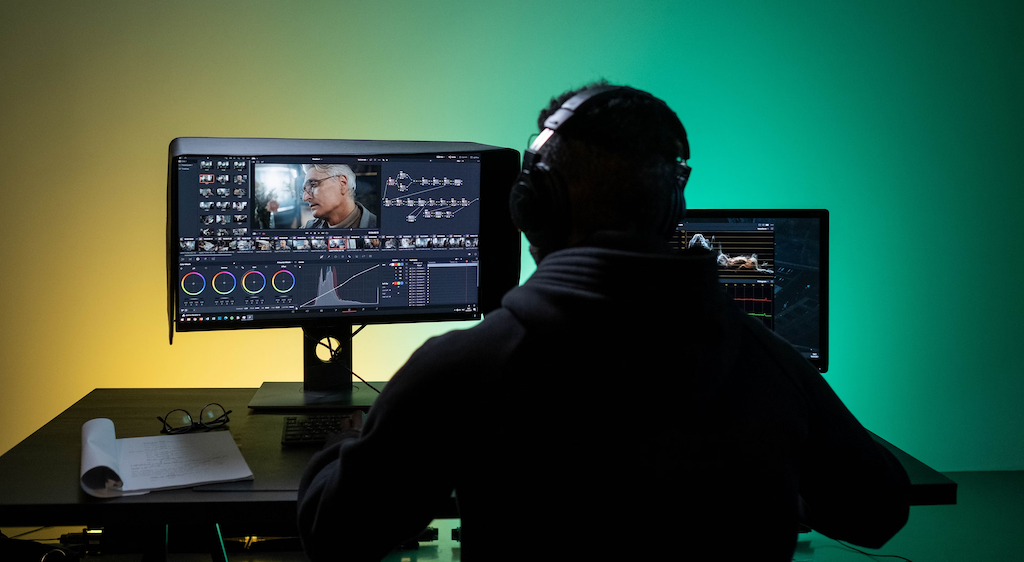Driving Engagement Through Structured Video Challenges
To achieve the SMART goal of onboarding 1,000 active creators with 70% participation in
collaborative projects, we need to implement a strategic approach to engagement. Structured
video challenges provide the perfect framework to accomplish this.
Optimizing Challenge Structure
Based on industry best practices from Moonb's video marketing checklist, we can enhance our
challenge framework:
- Clear Objectives: Each challenge should have a specific creative goal
that aligns with different skill sets
- Progressive Difficulty: Offer challenges at multiple skill levels to
accommodate both beginners and experts
- Regular Cadence: Maintain biweekly mini-collabs and monthly
challenges to create consistent engagement opportunities
- Themed Content: Align challenges with current trends and seasonal
events to increase relevance
Measuring Success Through KPIs
Key performance indicators focus on project completion rates and event participation. To
improve these metrics:
- Implement milestone tracking within longer projects to maintain momentum
- Create participation badges and recognition systems to encourage completion
- Use analytics to identify drop-off points in collaborative workflows
- Gather feedback after each challenge to continuously improve the experience
Critical Success Factors in Action
Addressing critical success factors through challenge design:
- Deadline Management: Implement automated reminders and progress
tracking
- User-Friendly Tools: Simplify project joining and submission processes
- Scalability: Design challenge templates that can accommodate growing
participation
Posted on: September 28, 2025
Building Community Through Collaborative Video Production
Creating a sustainable collaborative environment requires more than just technical tools. It
demands a thoughtful approach to community building. Drawing from corporate video production
principles, we can apply professional workflows to community projects.
Professional Workflows for Amateur Collaborations
Adapting corporate video production methodologies for the community:
- Pre-production Planning: Provide templates for project briefs,
storyboards, and asset organization
- Role Definition: Clearly outline responsibilities for editors, VFX
artists, and sound designers in collaborative projects
- Asset Management: Implement version control and centralized storage for
shared projects
- Feedback Loops: Establish structured review processes with clear
timelines
Enhancing Project Completion Rates
To improve KPI for project completion rates:
- Break larger quarterly collaborations into manageable phases with intermediate deadlines
- Implement accountability partnerships between creators
- Offer project management templates specifically designed for video collaborations
- Create a "project rescue" system where creators can request help when stuck
Fostering Skill Development
Rotating skill-swap workshops can be enhanced by:
- Recording and archiving workshops for ongoing access
- Creating skill-specific challenges that apply newly learned techniques
- Implementing a mentorship program connecting experienced and new creators
- Developing learning pathways that guide creators from basic to advanced skills
Sustainable Reward Systems
To maintain engagement without excessive costs:
- Implement a tiered reward system with both tangible and recognition-based incentives
- Partner with software companies for license giveaways
- Feature top projects in platform showcases and social media
- Create a "creator spotlight" program that highlights successful collaborations
Posted on: September 30, 2025
